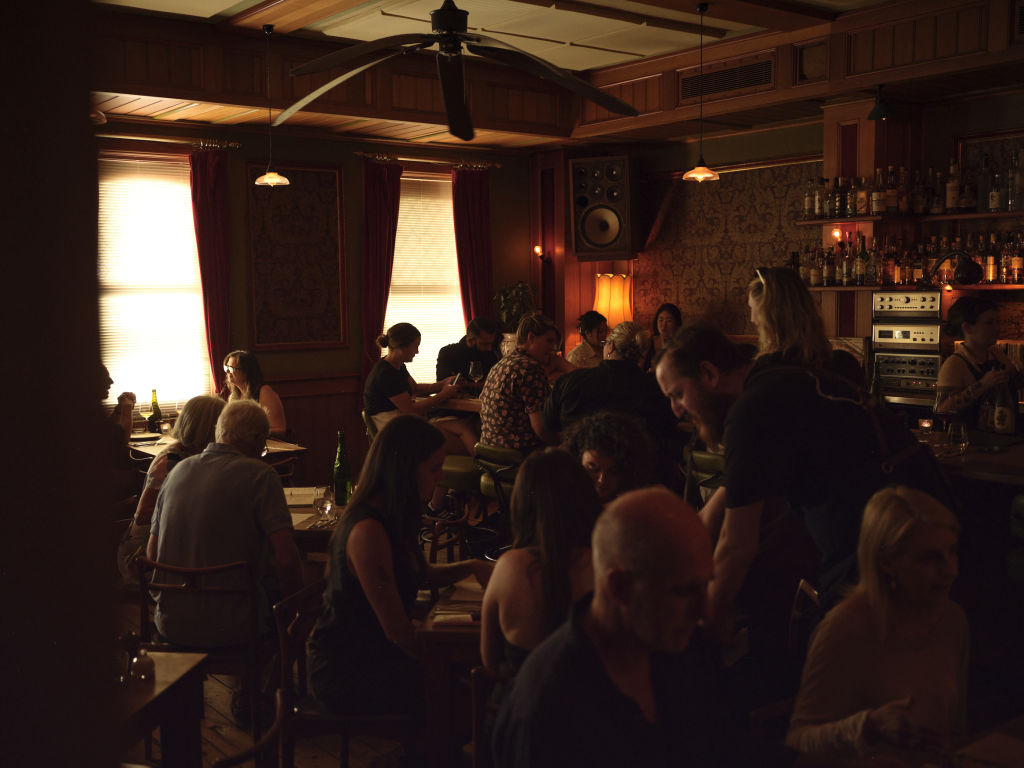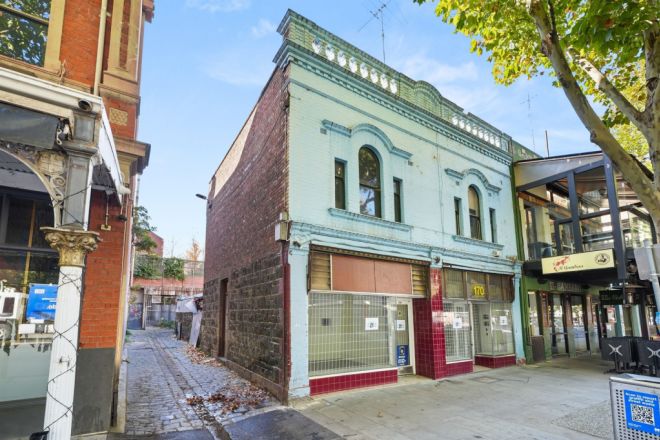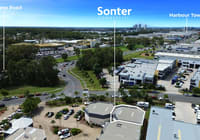
The key ingredients for spotting the next big hospitality venue
Australia’s reputation as a global dining destination is built not only on its world-class cuisines but also on its talent for reinvention. Across our cities, dining out is never just about the food, it’s about the experience.
Character-filled venues breathe life into every suburb, from derelict buildings reborn as bustling bars to Melbourne laneways concealing some of the country’s finest restaurants.
But in such a competitive market, what truly makes a hospitality venue stand out and how do you spot the next big thing?
Venues with character
For Simon Denman, the operator behind Melbourne favourites Neighbourhood Wine, Old Palm Liquor and Bahama Gold, the search always begins with the building. He doesn’t start with plans or rigid checklists but instead looks for spaces with “good bones”.
As a result, he has created spaces for diners that not only feel inviting through their thoughtful design but also leverage the buildings’ unique histories to deliver distinctive experiences.
“Finding a building that has a bit of character and gives you something to work with is essential,” he says.
“Rather than working with a blank slate, I look for a building that already comes with authenticity. That’s where you can create a venue that feels like it belongs.”
Neighbourhood Wine is perhaps his best-known example of this philosophy. The venue had sat empty since the 1980s and was frozen in time, with furniture and fittings left untouched for decades. It was only after taking over the lease that Denman learnt its fascinating history, including serving as an illegal casino for the Carlton Crew gang in the late 1980s before police shut it down.
“We went into the building and took it on the spot,” Denman says. “It was pretty much as though they’d downed tools and walked out in 1987.”
Old Palm Liquor was used by Denman as a warehouse before becoming a dining venue, and Bahama Gold next door was a lease takeover from a local nursery.
“It wasn’t the ideal time to be taking on the lease [for Bahama Gold], but when the previous tenant offered it to us, we realised it was a unique opportunity,” Denman says.
The transformation of Old Palm Liquor was a labour of love, and Denman was present every day. He employed artisans to complete the design, including local furniture makers for the beautiful timber bar. The goal was to give it a comfortable living room atmosphere to suit its fine-dining standard of food.
However, as with many old buildings, there were complications in the process of opening, including having to reinforce the building to bring it up to code, which is something Denman suggests is worth noting if you’re looking at transforming an older building, as unexpected costs can add up.
“It wasn’t that the building was unsafe; it had stood for 100 years, but it didn’t meet current standards,” he says. “That was unforeseen and added cost and time.”
Still, Denman believes working with old structures brings a richness that new builds can’t replicate.
What are diners seeking?
If the building sets the stage, it’s the experience that keeps people coming back, and in today’s market, customers expect more than just a single drawcard.
“You can’t just have great beer, or a great steak, or just good service anymore,” Denman says.
“Diners expect the full package – food, beverage, service, ambience, lighting, acoustics – everything needs to be at least 70 to 80 per cent of the best standard in the market.”
This means creating spaces that not only taste good but look and feel good. Comfort and atmosphere matter as much as the menu. Lighting and music shape the mood, while design details provide the “Instagram moments” that modern diners share online.
Outdoor space has also become a non-negotiable in hot-spot dining destinations like Melbourne.
“These days, you need some sort of outdoor seating, whether that be on the street or a rooftop,” says commercial agent Frank Vinci, director of Vinci Carbone. “Melburnians have become accustomed to being outdoors while dining or simply just having a drink.
“It’s a must-have unless you’re targeting fine-dining clientele, where it’s much more acceptable and expected to be totally indoors.”
The venues that succeed, he says, are those that can balance character with comfort, exclusivity with accessibility. Boutique bars that feel like hidden clubs do well, but so do large-scale operators who can deliver consistency across multiple offerings.
How do you spot your next hospo venue?
Vinci believes vision is the most valuable ingredient when it comes to spotting the next big hospitality venue.
“There are quite a few potential venues in hidden lanes and alleys throughout [Melbourne],” he says.
“I think that you must either be mainstream, of a large scale, or be very boutique to be able to do well. People always like something exclusive.”
The next opportunity, he suggests, might already be hiding in plain sight. Take 170-172 Lygon Street in Carlton, which Vinci Carbone is currently marketing.
Vinci says the bluestone-walled property on the corner of a laneway and overlooking Argyle Square offers exactly the kind of canvas operators are searching for.
“It could be transformed into a restaurant bar, and we currently have several parties considering it,” he says.
Interest so far has come from bar and restaurant operators, retailers and developers.
The location ticks many boxes as it’s close to Melbourne University, surrounded by hospitals and other hospitality venues and within easy reach of the CBD.
“The fact that there are so many hospitality venues in the Lygon Street strip makes it an easy place to visit, as you know there will always be somewhere that you can eat or drink at,” Vinci says.
Ultimately, spotting the next big hospitality venue comes down to a mix of vision and execution, while today’s diners need to be surprised at every turn.











